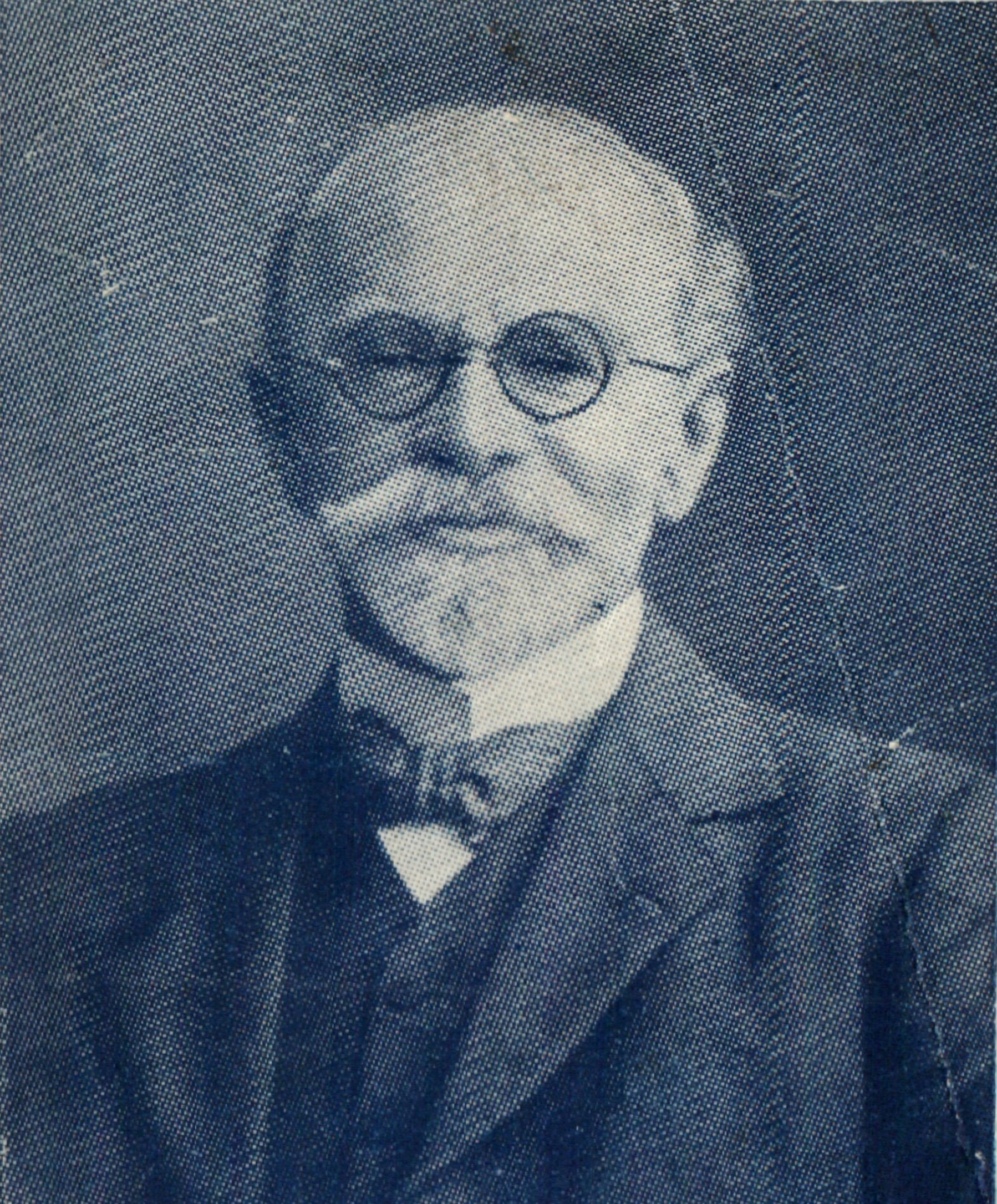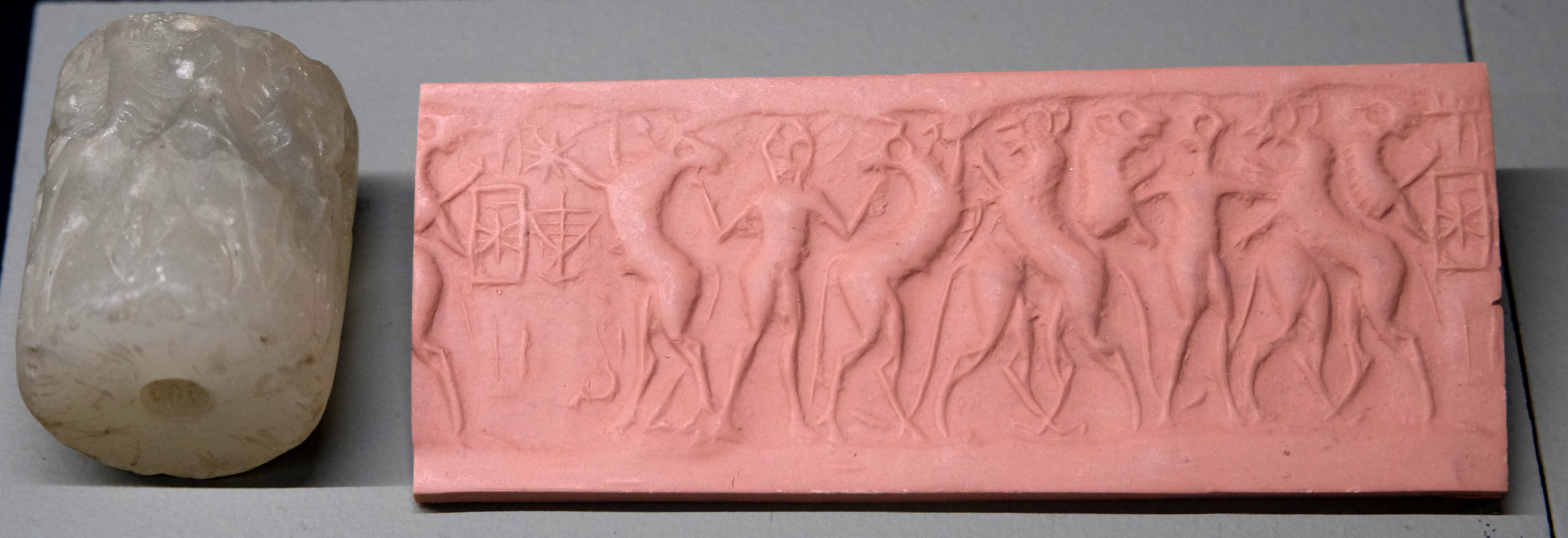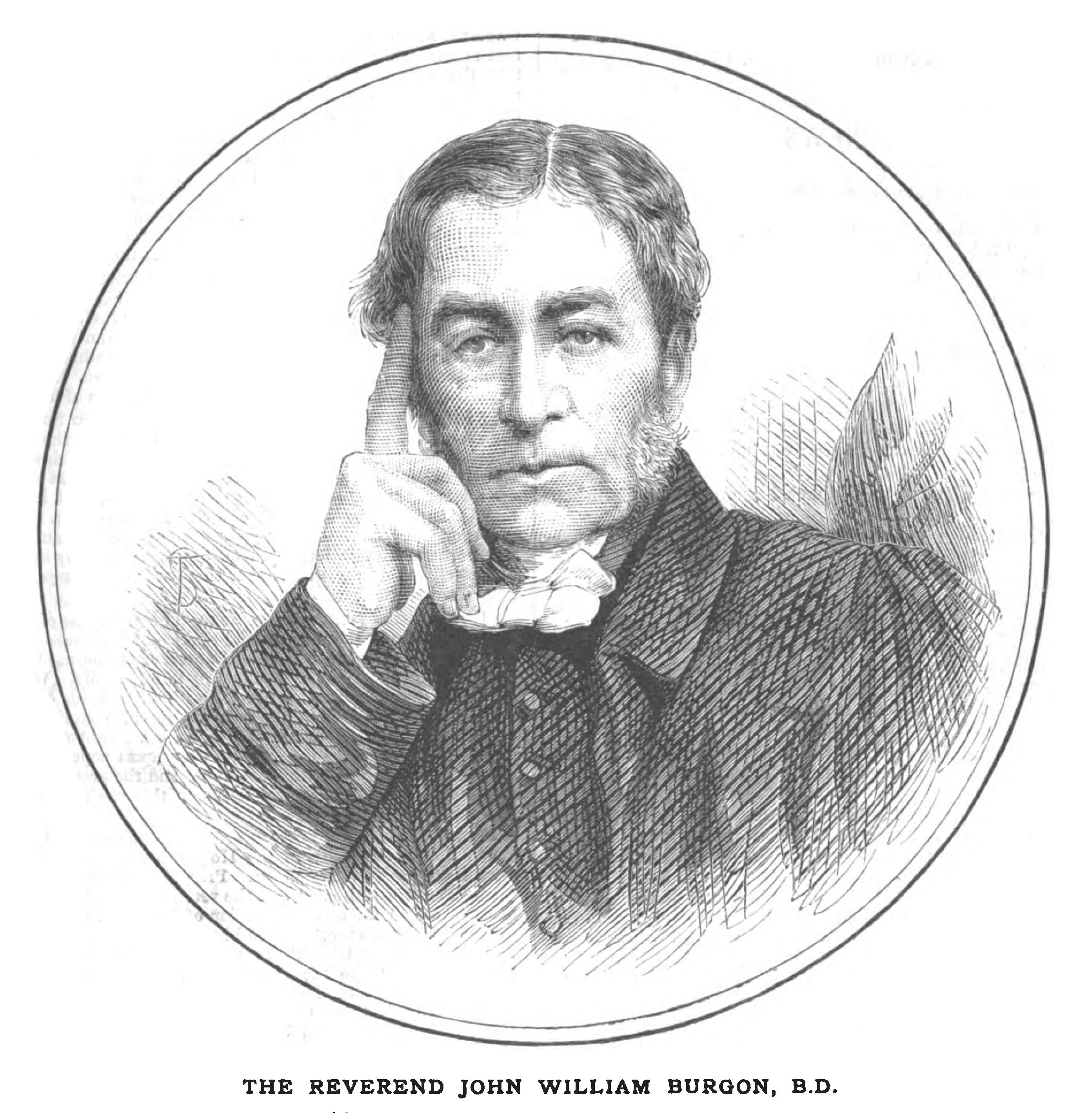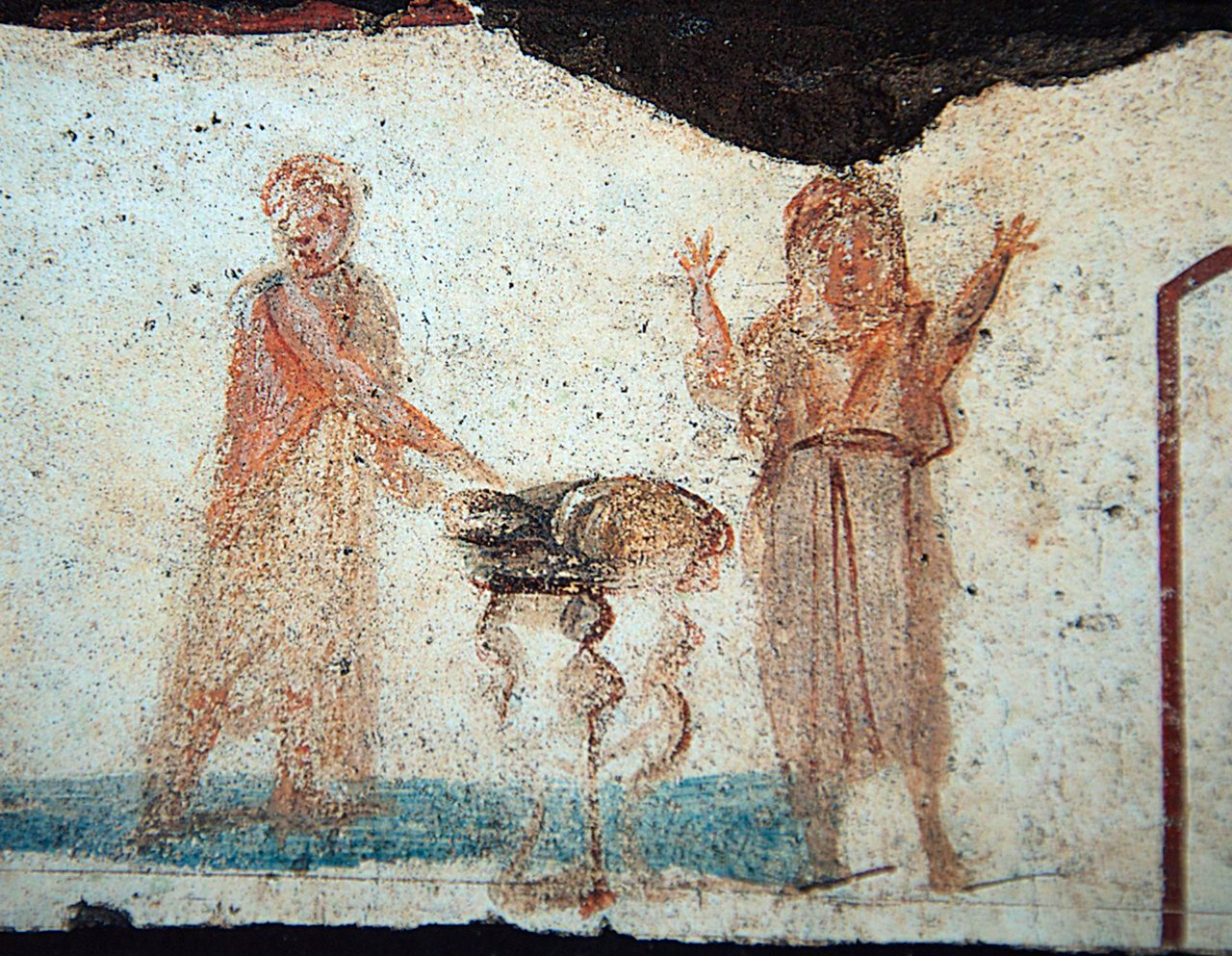|
Instrument Of Jesus' Crucifixion
The instrument of Jesus' crucifixion (known in Latin as ''crux'', in Greek as ''stauros'') is generally taken to have been composed of an upright wooden beam to which was added a transom, thus forming a "cruciform" or T-shaped structure. Most Christian denominations present the Christian cross in this form, and the tradition of the T-shape can be traced to early Christianity and the Church fathers. Nonetheless, some late-19th century scholars maintained that it was a simple stake (''crux simplex''). In 2011 Gunnar Samuelsson concluded that there is not enough evidence in pre-Christian ancient texts or in the New Testament writings themselves to resolve the ambiguity of the terms referring to the instrument on which Jesus was executed. On the other hand David W Chapman argues that to take one single greek word and conclude that it has one universal and unchanging meaning like the word stauros “is a common word study fallacy in some populist literature. In fact, such terminolo ... [...More Info...] [...Related Items...] OR: [Wikipedia] [Google] [Baidu] |
Crucifixion Of Jesus
The crucifixion and death of Jesus occurred in 1st-century Judea, most likely in AD 30 or AD 33. It is described in the four canonical gospels, referred to in the New Testament epistles, attested to by other ancient sources, and considered an established historical event. There is no consensus among historians on the details. Christopher M. Tuckett in ''The Cambridge companion to Jesus'' edited by Markus N. A. Bockmuehl 2001 Cambridge Univ Press pp. 123–124 In the canonical gospels, Jesus is arrested and tried by the Sanhedrin, and then by Pontius Pilate, who sentences him to flagellation and finally crucifixion by the Roman Empire.''The Cradle, the Cross, and the Crown: An Introduction to the New Testament'' by Andreas J. Köstenberger, L. Scott Kellum 2009 pp. 104–108Evans, Craig A. (2001). ''Jesus and His Contemporaries: Comparative Studies'' p. 316 Jesus was stripped of his clothing and offered vinegar mixed with myrrh or gall (likely posca ... [...More Info...] [...Related Items...] OR: [Wikipedia] [Google] [Baidu] |
William Edwy Vine
William Edwy Vine (1873–1949), commonly known as W. E. Vine, was an English Biblical scholar, theologian, and writer, most famous for '' Vine's Expository Dictionary of New Testament Words''. Life Vine was born in the second quarter of 1873, in Blandford Forum, Dorset. His father ran the Mount Radford School, which moved to Exeter in 1875, and it was in this location that Vine was raised. He became a Christian at an early age and was baptised in the Plymouth Brethren assembly in Fore Street, Exeter. At 17, Vine became a teacher at his father's school, before moving to Aberystwyth to study at the University College of Wales. He later completed his education at the University of London, receiving a BA and MA in Ancient Classics in 1906. Vine married Phoebe Baxendale in the 3rd quarter of 1899 in Lancashire, Phoebe's home county. In 1909, he accepted a job at the office of Echoes of Service, a missionary-support service and magazine based in Bath. In 1911, the service mov ... [...More Info...] [...Related Items...] OR: [Wikipedia] [Google] [Baidu] |
Plautus
Titus Maccius Plautus (; c. 254 – 184 BC), commonly known as Plautus, was a Roman playwright of the Old Latin period. His comedies are the earliest Latin literary works to have survived in their entirety. He wrote Palliata comoedia, the genre devised by the innovator of Latin literature, Livius Andronicus. The word Plautine refers to both Plautus's own works and works similar to or influenced by his. Biography Not much is known about Titus Maccius Plautus's early life. It is believed that he was born in Sarsina, a small town in Emilia Romagna in northern Italy, around 254 BC.''The Concise Oxford Companion to Classical Literature'' (1996) Ed. M.C. Howatson and Ian Chilvers, Oxford University Press, Oxford Reference Online According to Morris Marples, Plautus worked as a stage-carpenter or scene-shifter in his early years. It is from this work, perhaps, that his love of the theater originated. His acting talent was eventually discovered; and he adopted the names "Maccius" (a ... [...More Info...] [...Related Items...] OR: [Wikipedia] [Google] [Baidu] |
Patibulum
Crucifixion is a method of capital punishment in which the victim is tied or nailed to a large wooden cross or beam and left to hang until eventual death from exhaustion and asphyxiation. It was used as a punishment by the Persians, Carthaginians and Romans, among others. Crucifixion has been used in parts of the world as recently as the twentieth century. The crucifixion of Jesus of Nazareth is central to Christianity, and the cross (sometimes depicting Jesus nailed to it) is the main religious symbol for many Christian churches. Terminology Ancient Greek has two verbs for crucify: (), from (which in today's Greek only means "cross" but which in antiquity was used of any kind of wooden pole, pointed or blunt, bare or with attachments) and () "crucify on a plank", together with ( "impale"). In earlier pre-Roman Greek texts usually means "impale". The Greek used in the Christian New Testament uses four verbs, three of them based upon (), usually translated "cross". T ... [...More Info...] [...Related Items...] OR: [Wikipedia] [Google] [Baidu] |
Egypt
Egypt ( ar, مصر , ), officially the Arab Republic of Egypt, is a transcontinental country spanning the northeast corner of Africa and southwest corner of Asia via a land bridge formed by the Sinai Peninsula. It is bordered by the Mediterranean Sea to the north, the Gaza Strip of Palestine and Israel to the northeast, the Red Sea to the east, Sudan to the south, and Libya to the west. The Gulf of Aqaba in the northeast separates Egypt from Jordan and Saudi Arabia. Cairo is the capital and largest city of Egypt, while Alexandria, the second-largest city, is an important industrial and tourist hub at the Mediterranean coast. At approximately 100 million inhabitants, Egypt is the 14th-most populated country in the world. Egypt has one of the longest histories of any country, tracing its heritage along the Nile Delta back to the 6th–4th millennia BCE. Considered a cradle of civilisation, Ancient Egypt saw some of the earliest developments of writing, agriculture, ur ... [...More Info...] [...Related Items...] OR: [Wikipedia] [Google] [Baidu] |
Tammuz (deity)
Dumuzid or Tammuz ( sux, , ''Dumuzid''; akk, Duʾūzu, Dûzu; he, תַּמּוּז, Tammûz),; ar, تمّوز ' known to the Sumerians as Dumuzid the Shepherd ( sux, , ''Dumuzid sipad''), is an ancient Mesopotamian god associated with shepherds, who was also the first and primary consort of the goddess Inanna (later known as Ishtar). In Sumerian mythology, Dumuzid's sister was Geshtinanna, the goddess of agriculture, fertility, and dream interpretation. In the ''Sumerian King List'', Dumuzid is listed as an antediluvian king of the city of Bad-tibira and also an early king of the city of Uruk. In ''Inanna's Descent into the Underworld'', Inanna perceives that Dumuzid has failed to properly mourn her death and, when she returns from the Underworld, allows the '' galla'' demons to drag him down to the Underworld as her replacement. Inanna later regrets this decision and decrees that Dumuzid will spend half the year in the Underworld, but the other half of the year with her, w ... [...More Info...] [...Related Items...] OR: [Wikipedia] [Google] [Baidu] |
Chaldea
Chaldea () was a small country that existed between the late 10th or early 9th and mid-6th centuries BCE, after which the country and its people were absorbed and assimilated into the indigenous population of Babylonia. Semitic-speaking, it was located in the marshy land of the far southeastern corner of Mesopotamia and briefly came to rule Babylon. The Hebrew Bible uses the term (''Kaśdim'') and this is translated as ''Chaldaeans'' in the Greek Old Testament, although there is some dispute as to whether ''Kasdim'' in fact means ''Chaldean'' or refers to the south Mesopotamian ''Kaldu''. During a period of weakness in the East Semitic-speaking kingdom of Babylonia, new tribes of West Semitic-speaking migrants arrived in the region from the Levant between the 11th and 9th centuries BCE. The earliest waves consisted of Suteans and Arameans, followed a century or so later by the Kaldu, a group who became known later as the Chaldeans or the Chaldees. These migrations did not affec ... [...More Info...] [...Related Items...] OR: [Wikipedia] [Google] [Baidu] |
Vine's Expository Dictionary
''An Expository Dictionary of New Testament Words'' was written by William Edwy Vine and published as a four volume set in 1940. In common usage, the title is often shortened to ''Vine's Expository Dictionary'', or simply ''Vine's''. It is a cross-reference from key English words in the Authorized King James Version to the original words in the Greek texts of the New Testament. In his preface to the book, Vine wrote, "The present volumes are produced especially for the help of those who do not study Greek, though it is hoped that those who are familiar with the original will find them useful." It provides a concise meaning of the original Greek word, often providing Bible verse references as examples. If there are several Greek words that may translate to the same English word, Vine's distinguishes the shadings of meaning and connotation that may be lost in the English translation. For example, there are a number of Greek words that may be translated by the English word ''love' ... [...More Info...] [...Related Items...] OR: [Wikipedia] [Google] [Baidu] |
John William Burgon
John William Burgon (21 August 18134 August 1888) was an English Anglican divine who became the Dean of Chichester Cathedral in 1876. He was known during his lifetime for his poetry and his defence of the historicity and Mosaic authorship of Genesis and of biblical infallibility in general. Long after his death he was remembered chiefly for his defense of the traditional text of the New Testament. Biography Burgon was born at Smyrna (now İzmir), on 21 August 1813, the son of Thomas Burgon an English merchant trading in Turkey who was also a skilled numismatist and afterwards became an assistant in the antiquities department of the British Museum. His mother is often said to have been Greek but was in fact the daughter of the Austrian consul at Smyrna and his English wife. During his first year the family moved to London, where he was sent to school. After a few years of business life, working in his father's counting-house, Burgon went to Worcester College, Oxford, in 1841, a ... [...More Info...] [...Related Items...] OR: [Wikipedia] [Google] [Baidu] |
Ankh
Progressive ankylosis protein homolog (ANK ilosis H omolog) is a protein that in humans is encoded by the ''ANKH'' gene. This gene encodes a multipass transmembrane protein that is expressed in joints and other tissues and controls pyrophosphate levels in cultured cells. Mutation at the mouse 'progressive ankylosis' (ank) locus causes a generalized, progressive form of arthritis accompanied by mineral deposition, formation of bony outgrowths, and joint destruction. The human homolog is virtually identical to the mouse protein and ANKH-mediated control of pyrophosphate levels has been suggested as a possible mechanism regulating tissue calcification Calcification is the accumulation of calcium salts in a body tissue. It normally occurs in the formation of bone, but calcium can be deposited abnormally in soft tissue,Miller, J. D. Cardiovascular calcification: Orbicular origins. ''Nature Mat ... and susceptibility to arthritis in higher animals. References External linksGeneR ... [...More Info...] [...Related Items...] OR: [Wikipedia] [Google] [Baidu] |
Catacombs Of Rome
The Catacombs of Rome ( it, Catacombe di Roma) are ancient catacombs, underground burial places in and around Rome, of which there are at least forty, some rediscovered only in recent decades. Though most famous for Christian burials, either in separate catacombs or mixed together, Jews and also adherents of a variety of pagan Roman religions were buried in catacombs, beginning in the 2nd century AD,Toynbee: 39–40. occasioned by the ancient Roman ban on burials within a city, and also as a response to overcrowding and shortage of land. The most extensive and perhaps the best known is the Christian Catacomb of Callixtus located near the Park of the Caffarella, but there are other sites, both Christian and not, scattered around the city, some of which are now engulfed by modern urban sprawl. The Christian catacombs are extremely important for the history of Early Christian art, as they contain the great majority of examples from before about 400 AD, in fresco and sculpture, as ... [...More Info...] [...Related Items...] OR: [Wikipedia] [Google] [Baidu] |






